ASUS GTX 750 Ti OC Review

+ Extra PCIe power connector for more headroom to OC
+ Silent on load
+ Common card with DCUii looking design
+ Two Dual Link DVI appearance
+ Awkward position PCIe power connector
+ Not a single heat pipe exist
We all know that Nvidia GTX 750 Ti is a great card to play with and this week I received yet another card, the ASUS GTX750Ti OC. Despite it’s similar looks to a Direct CU II unit, actually this card is not a Direct CU II product because the cooler doesn’t even have a single heatpipe.
Well how does this card fare with a simple cooling solution? Let jump straight in and take a better look at this card.
Specification
The ASUS GTX 750 Ti employs a regular cooling solution with dual fans and a cooler that looks like a DCUII cooler. It comes with 2GB of GDDR5 memory and the base clock overclocks from 1020Mhz to 1072Mhz when the external PCIE power connector is attached.
Design
Comes in a small and slim package due the fact it is budget card. In fact is there isn’t any need for a bigger box as the card itself is rather small.
Here is the front of the box
There are some details on the box regarding the card within. This card featured Dual Fan Cooling and Super Alloy Power that helps to reduce power loss, enhance durability and achieve cooler operating temperatures.
Inside the box we got the card itself (Duh), user manual and driver CD. Downloading the latest driver from Nvidia website is recommended instead of using the CD.
First impression when I looked at the card, it is a bit shorter than what I expected. Dual 80mm fans to cool the chip.
Nothing much to see round the back except the component mounted.
There is this awkward PCIE power connector. I wonder why is it positioned so weirdly.
Moving on to the display outputs, this card has a single VGA and a HDMI port. Also included are two Dual Link DVI connectors.
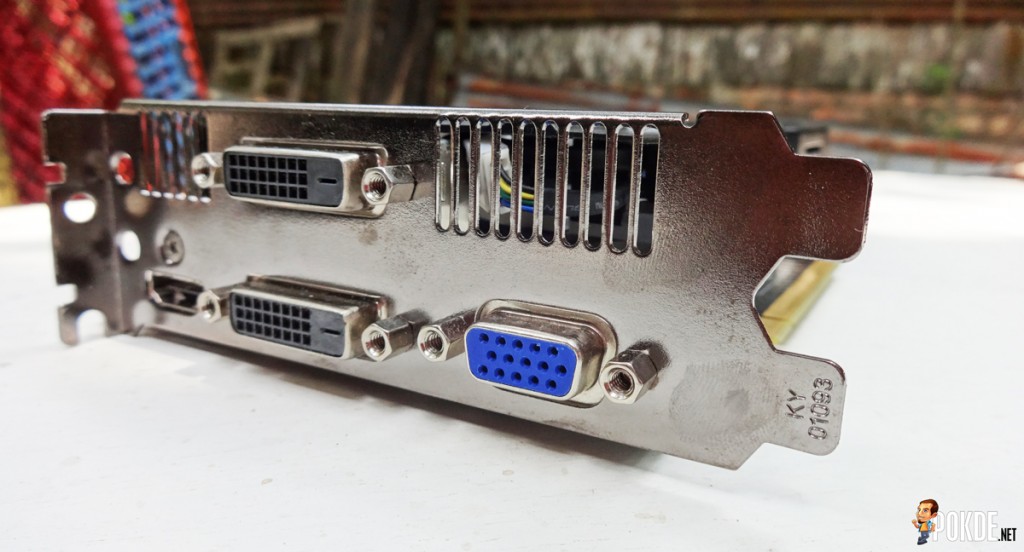
Not a single heat pipe on this card.
Comparison of the length of the ASUS 750 Ti with the ASUS HD 7850 DCUII.
Performance
I fired up some games to test the performance in terms of FPS and also temperature in comparison to other cards. As usual i chose Battlefield 4, Watchdog and DOTA2.
Simple reason I use these three games is because BF4 is optimized for AMD card meanwhile Watchdog optimized for Nvidia part and regarding DOTA2, I don’t know much about the hardware optimizations in it.
For the temperature test I use Furmark. Let it run burn in test for about 40 minutes and recorded the result.
This card idles at 48 Celsius and climbs slowly up to 68 until it peaks at 74 Celsius. Remember that this card has no heat pipe. I think I have repeated this 3 times already. I can’t get over it yet. Give me some time.
Conclusion
This card runs quite well with some rather demanding games. A downside to this card is the ridiculous PCIE power connector position.
Temperature is not a problem, as long it remains under 90 Celsius and doesn’t wake up the neighbours with fan noise. Considering that the card has no heat pipe (yep, haven’t gotten over it yet) and just depend on the heatsink and dual fans, it is okay. Not the best solution, but okay.
Positive from me, the PCIE connector provides more juice and stability and allows you to overclock a little bit more for better performance. Also worth mentioning is that the 74 Celsius on burn test is not actually the same values we get during gaming session.
In my opinion the GTX 750 Ti should be perfect as a PhysX processor since the new Borderland Pre-Sequel is scheduled to be unlocked at Steam soon in October. That is one game that deserves to be seen with PhysX enabled.
















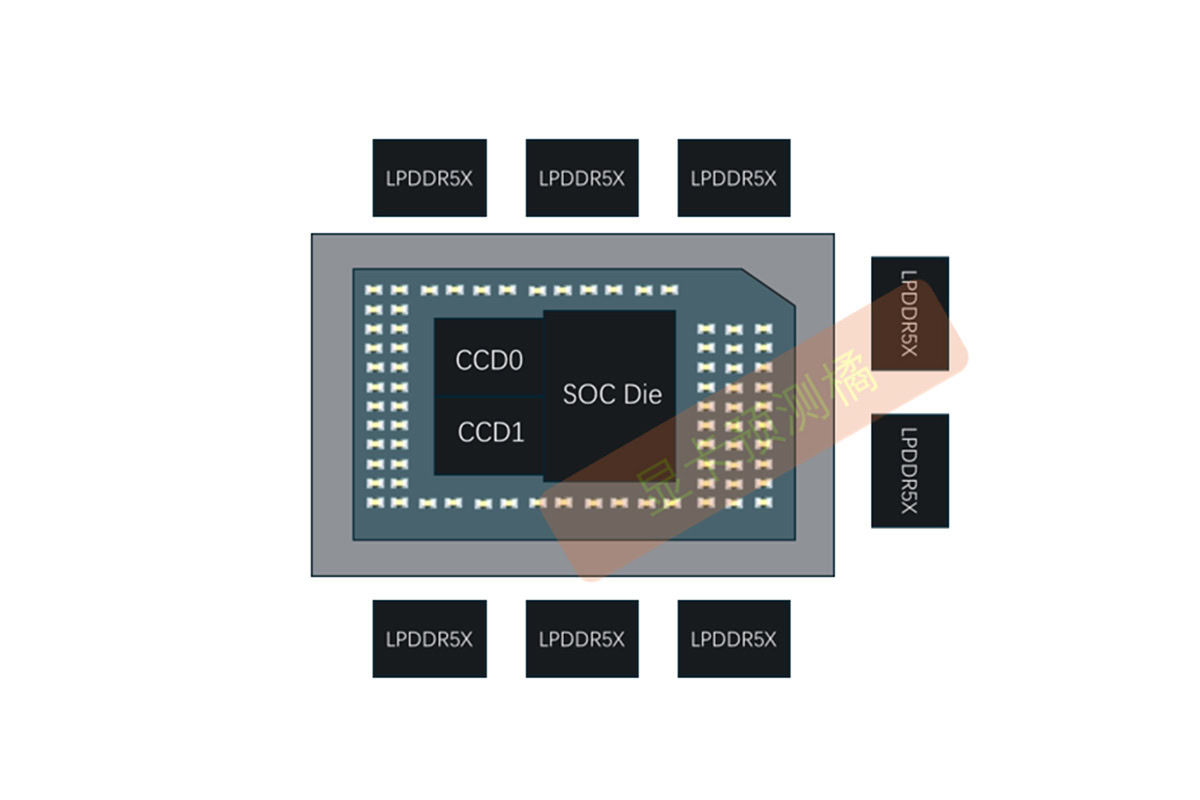
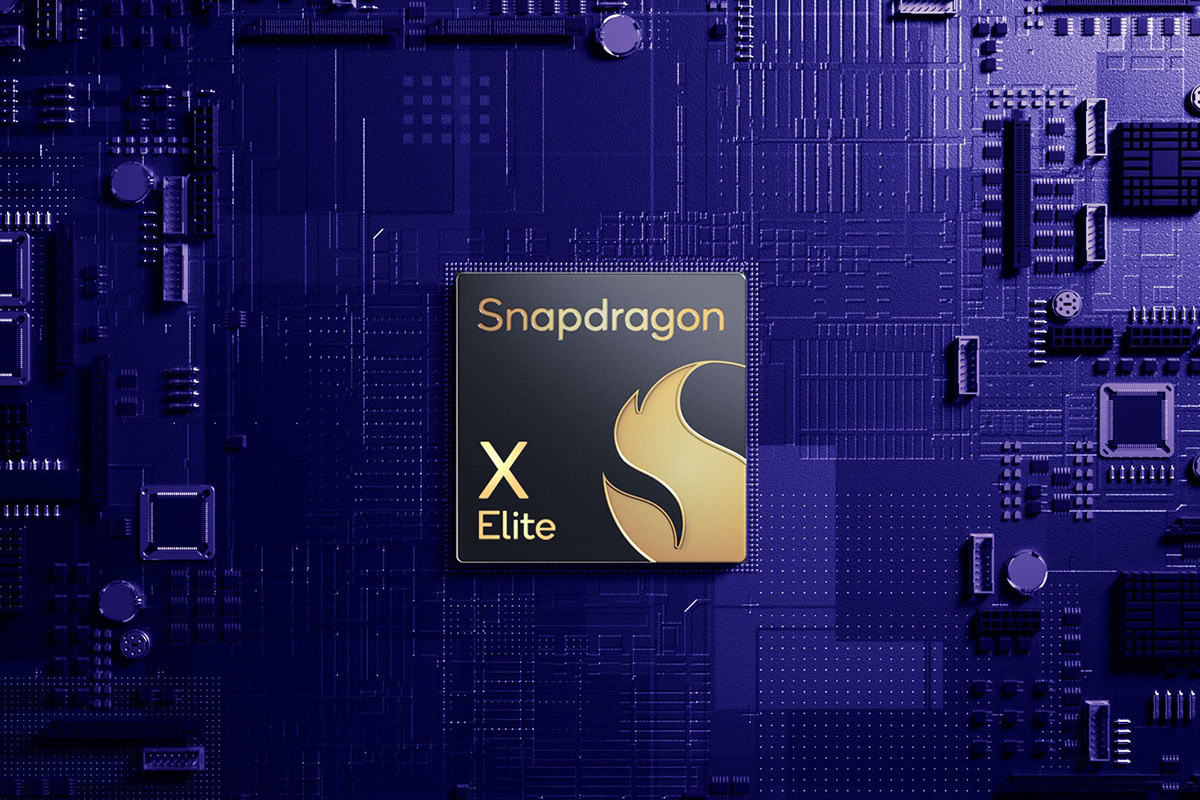
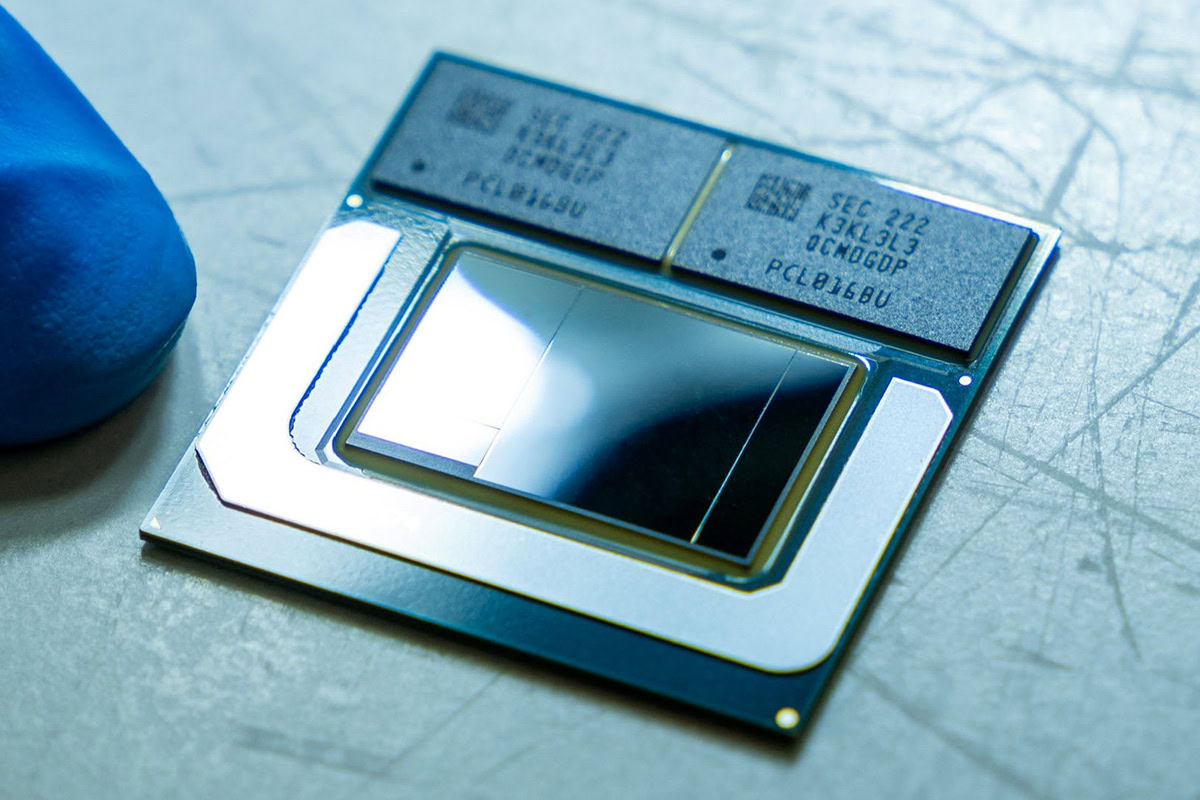
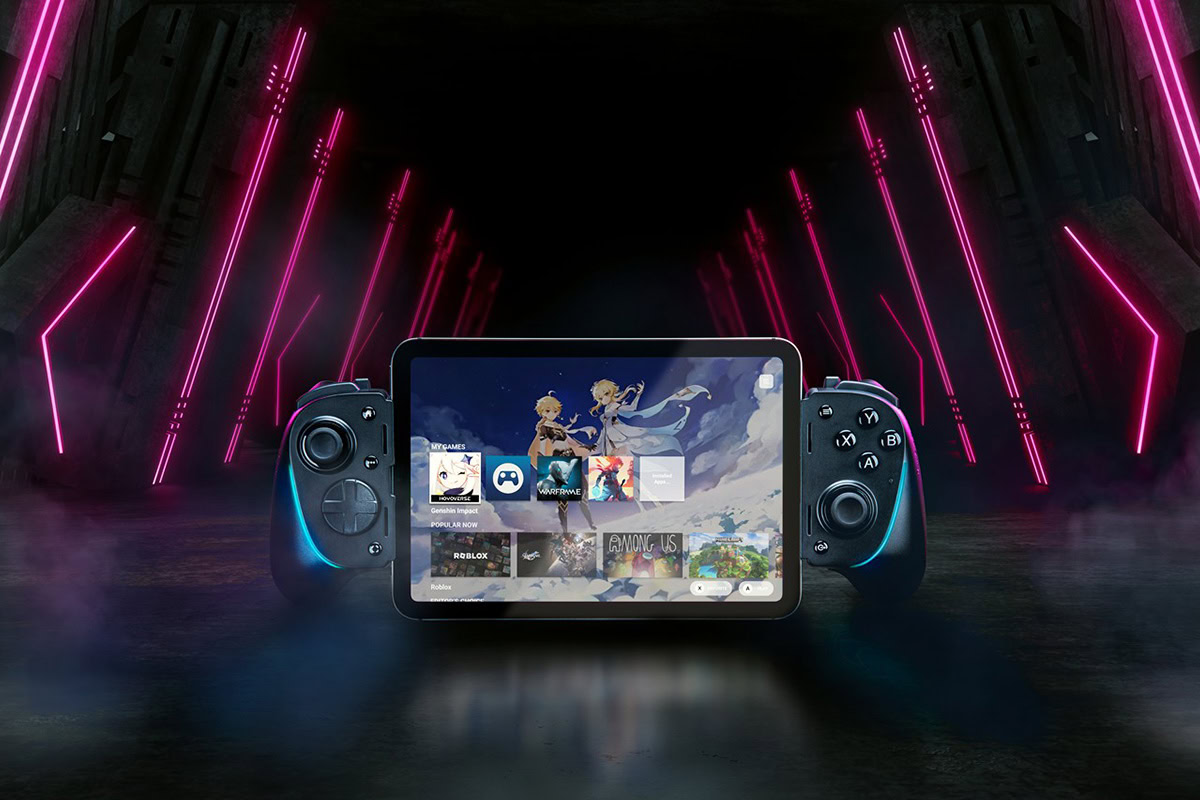

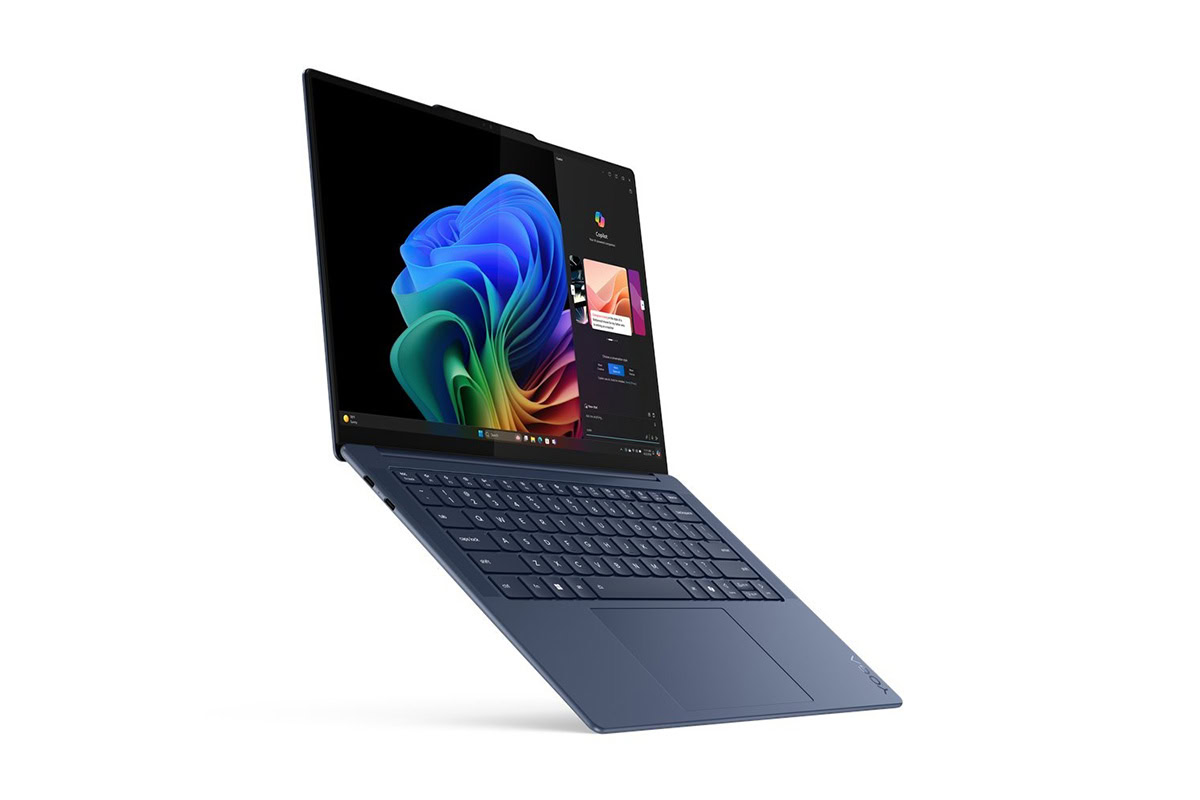







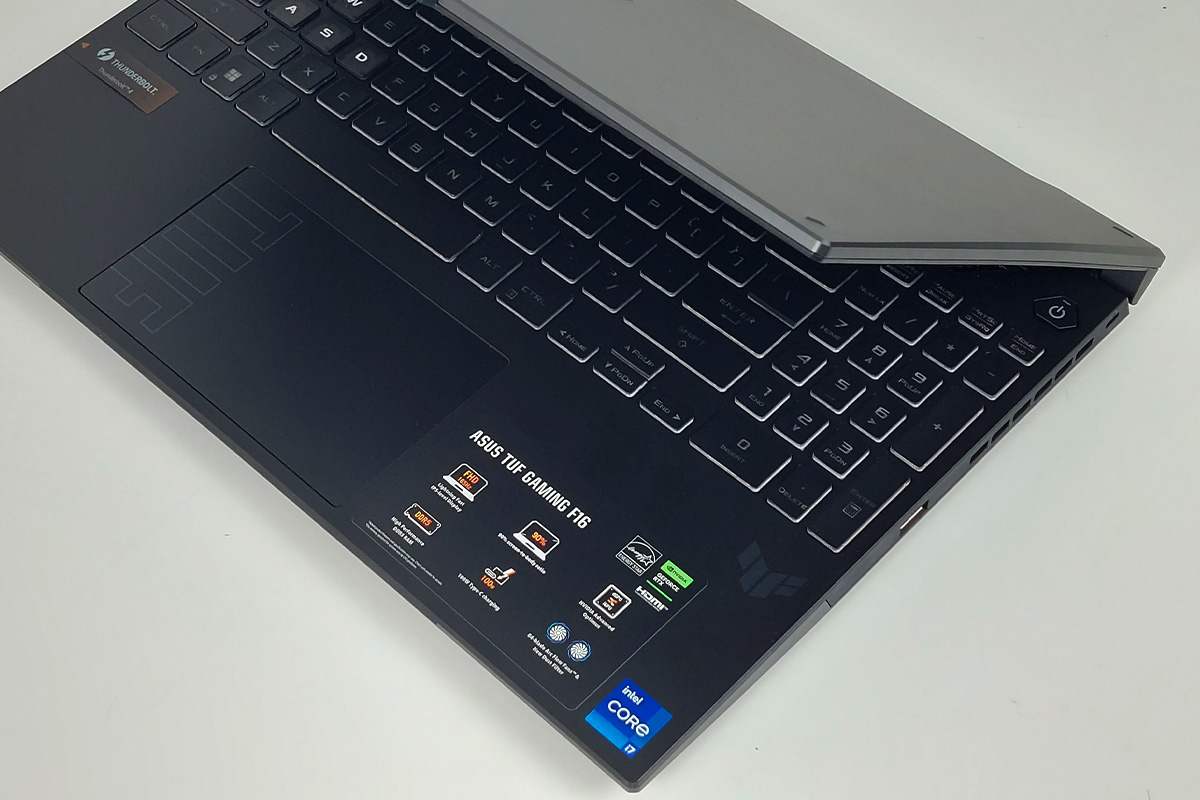












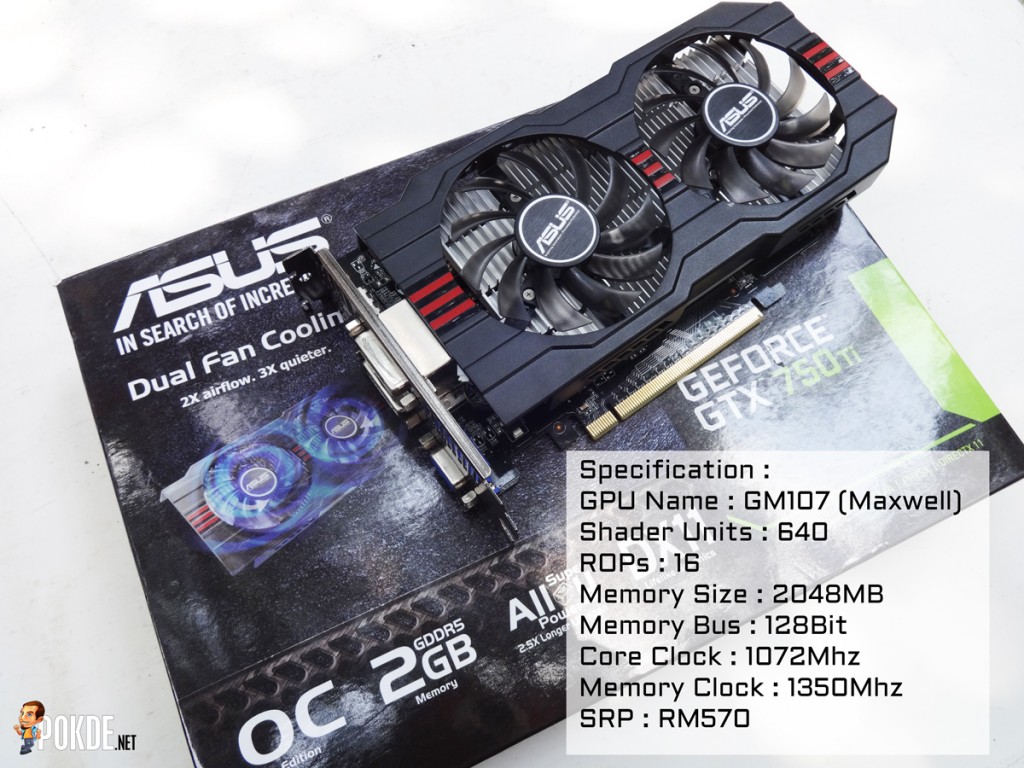
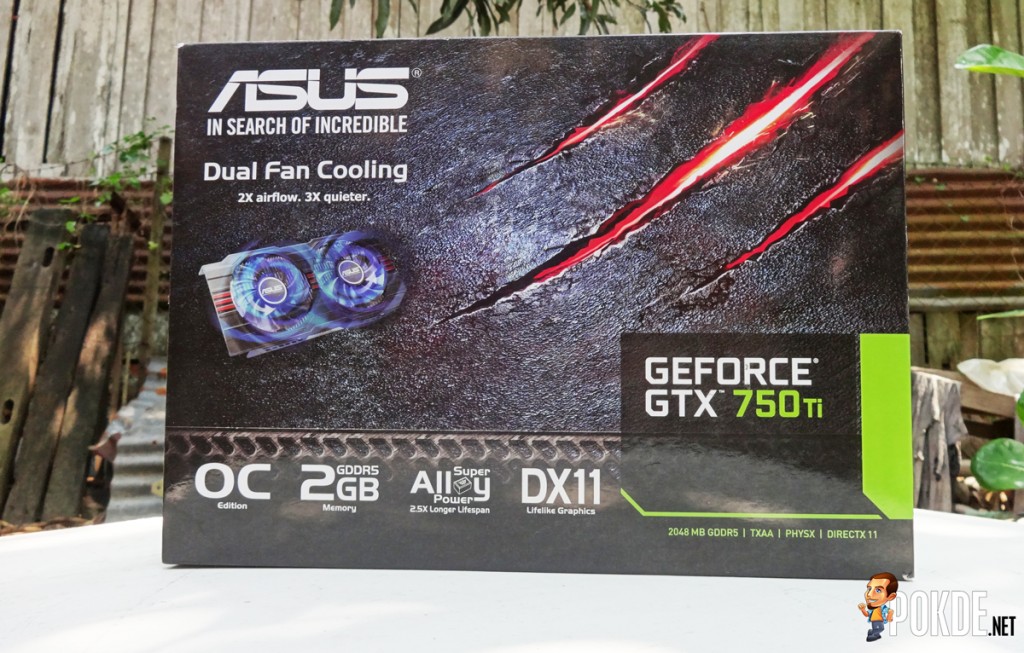
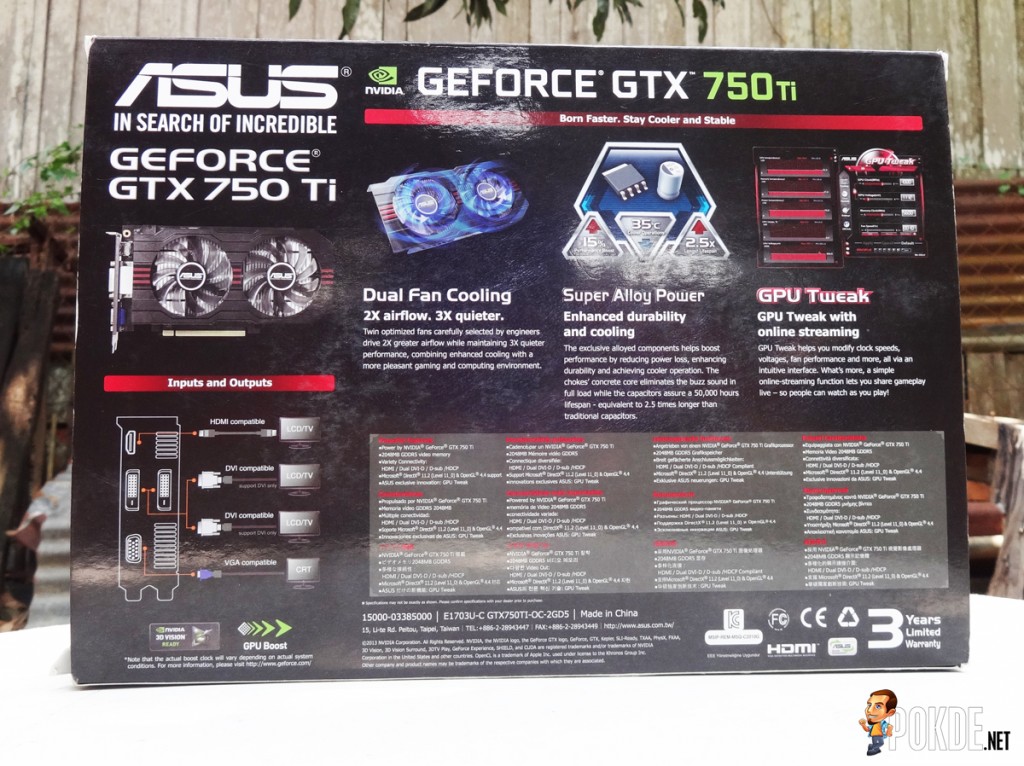
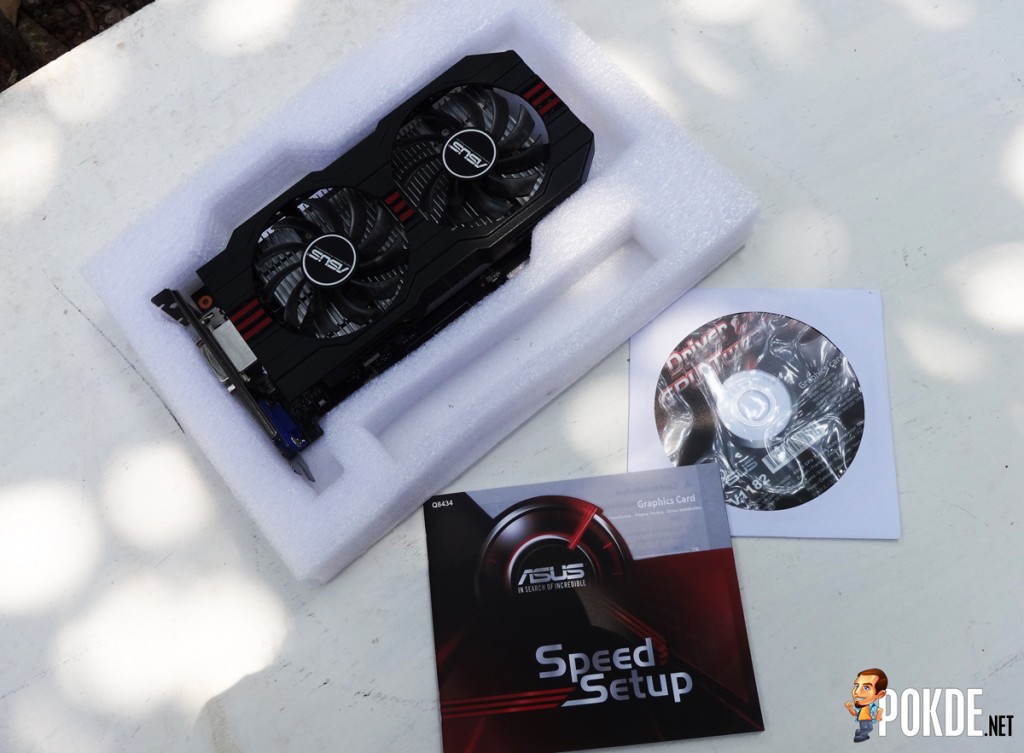
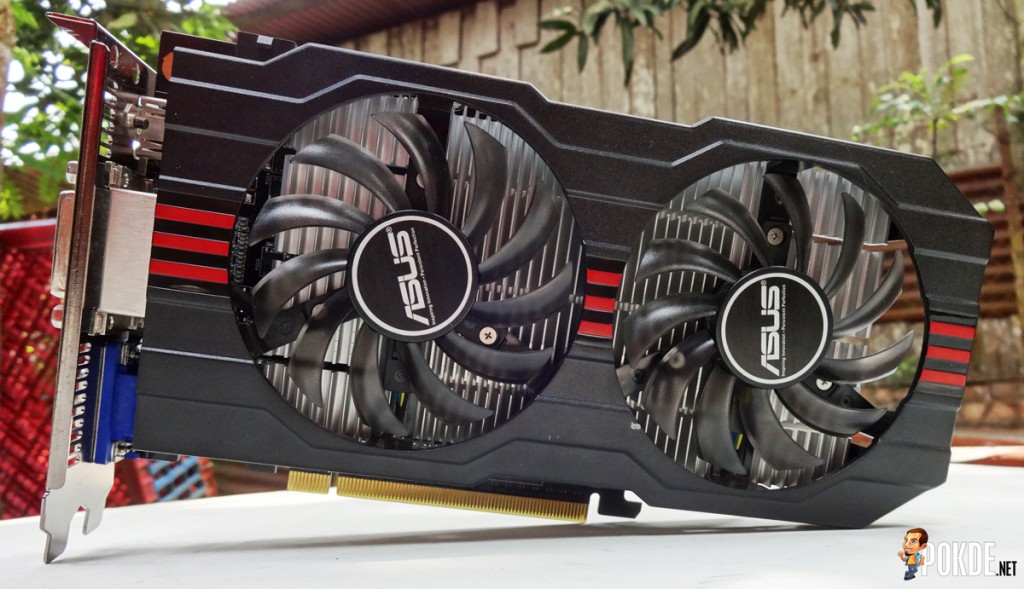
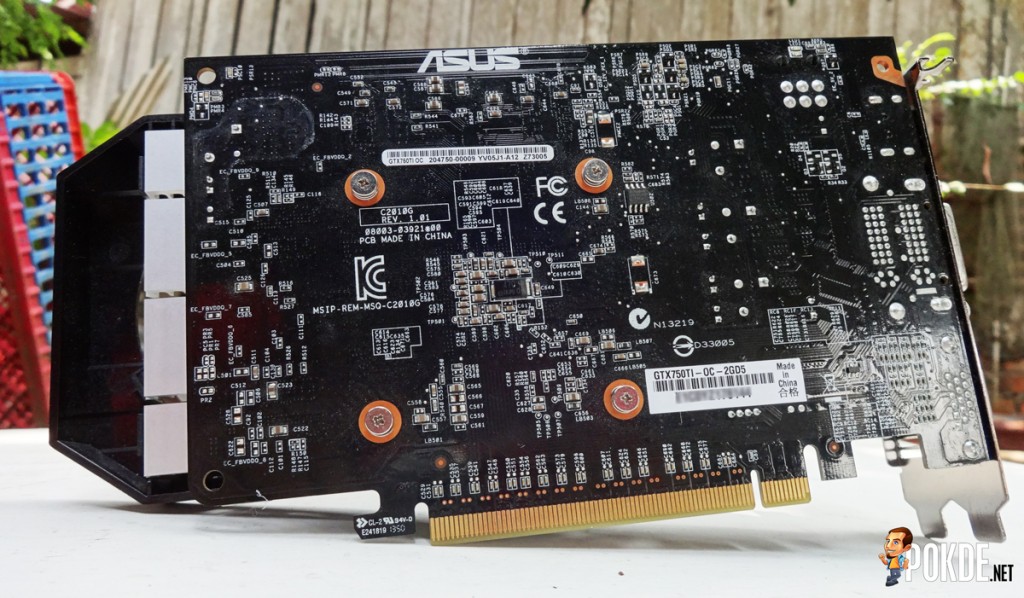
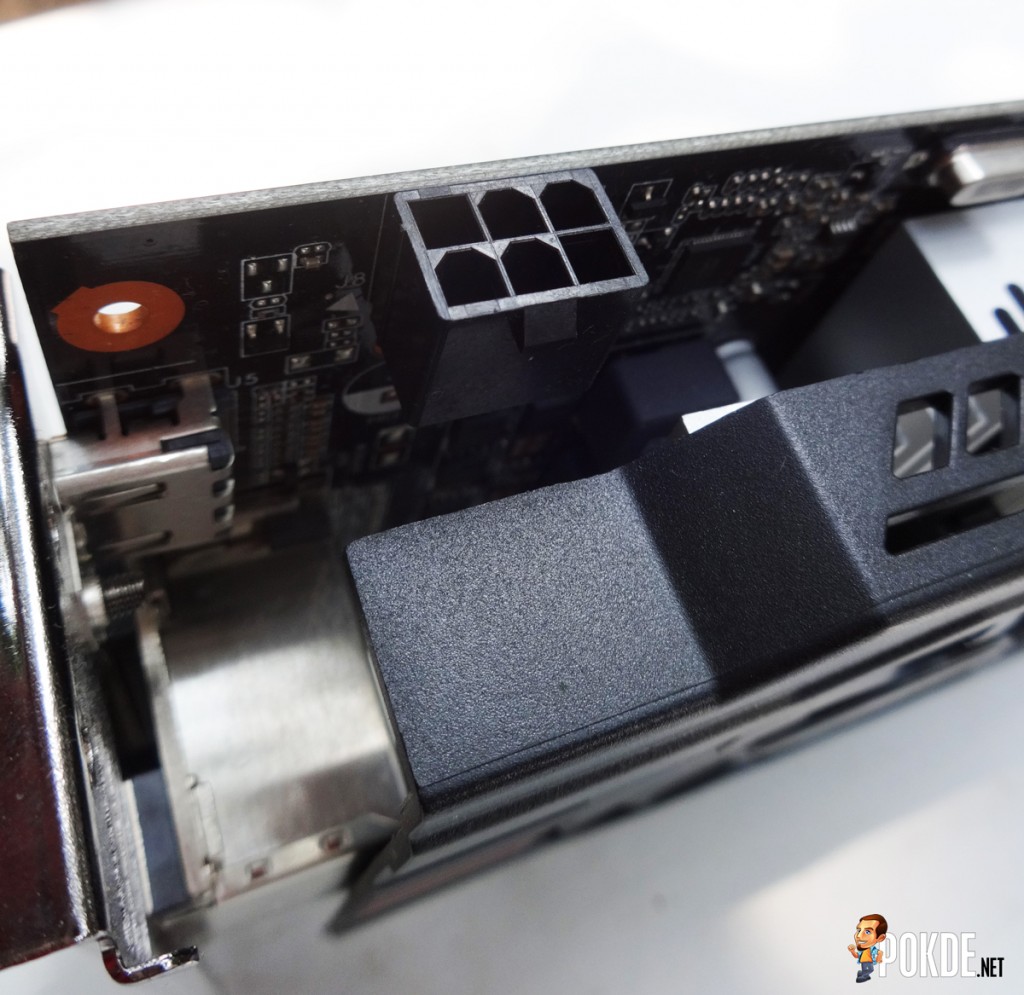
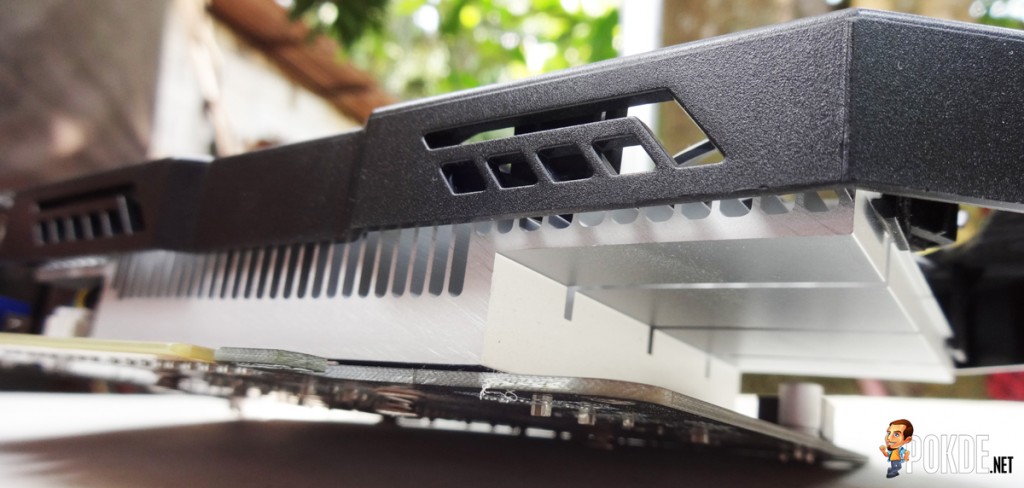
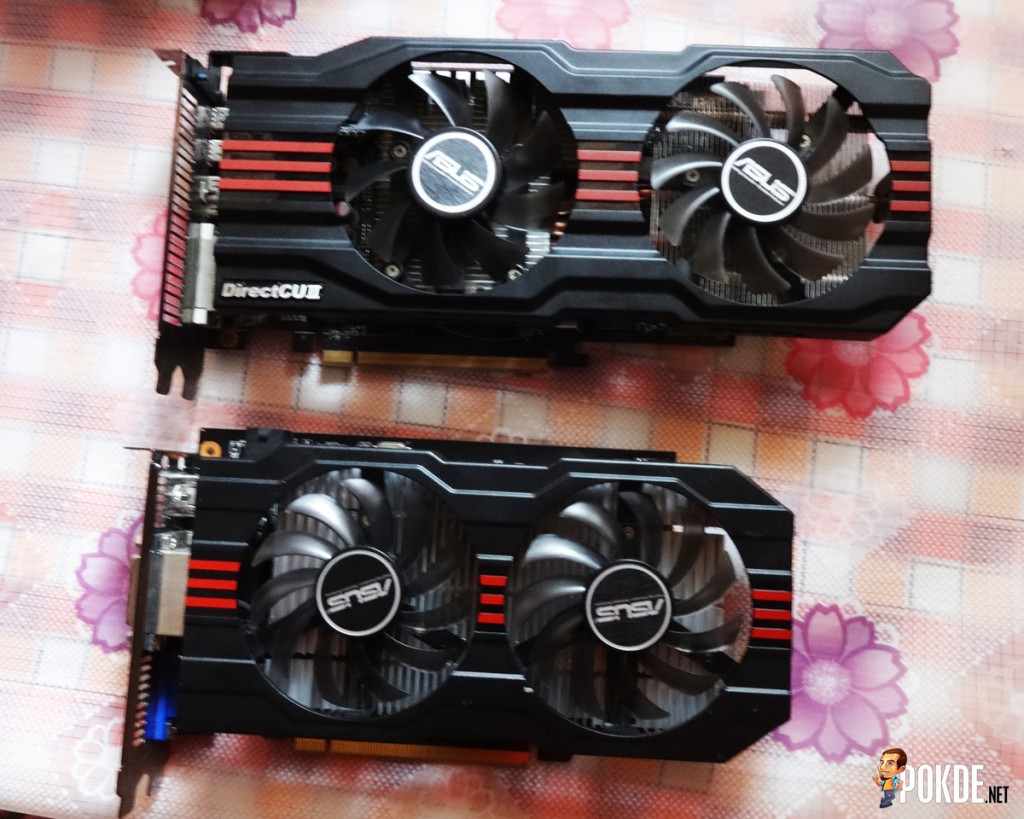
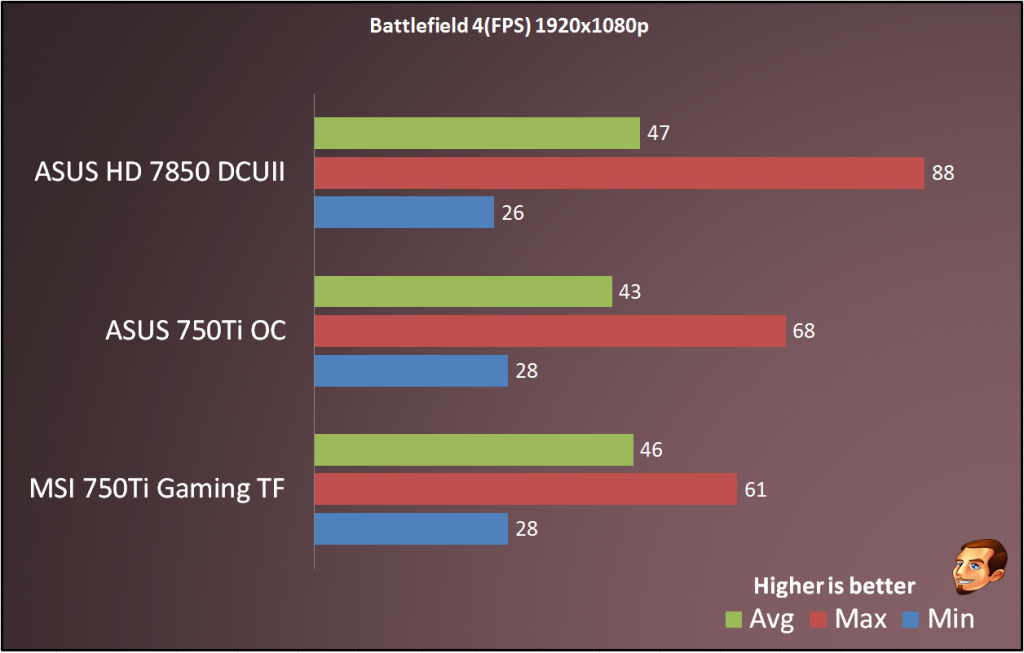
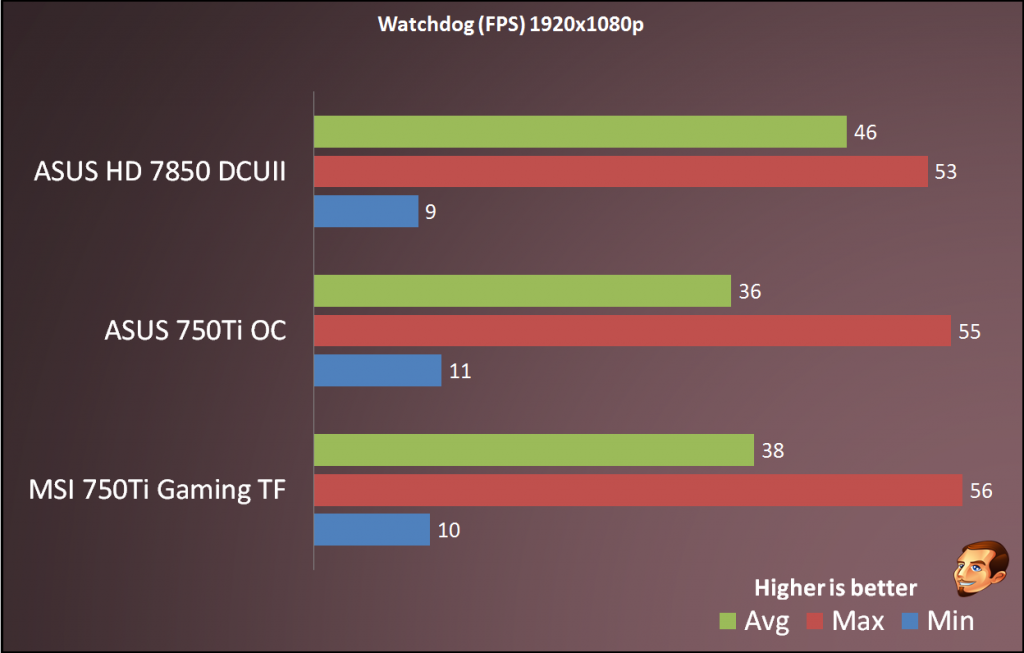
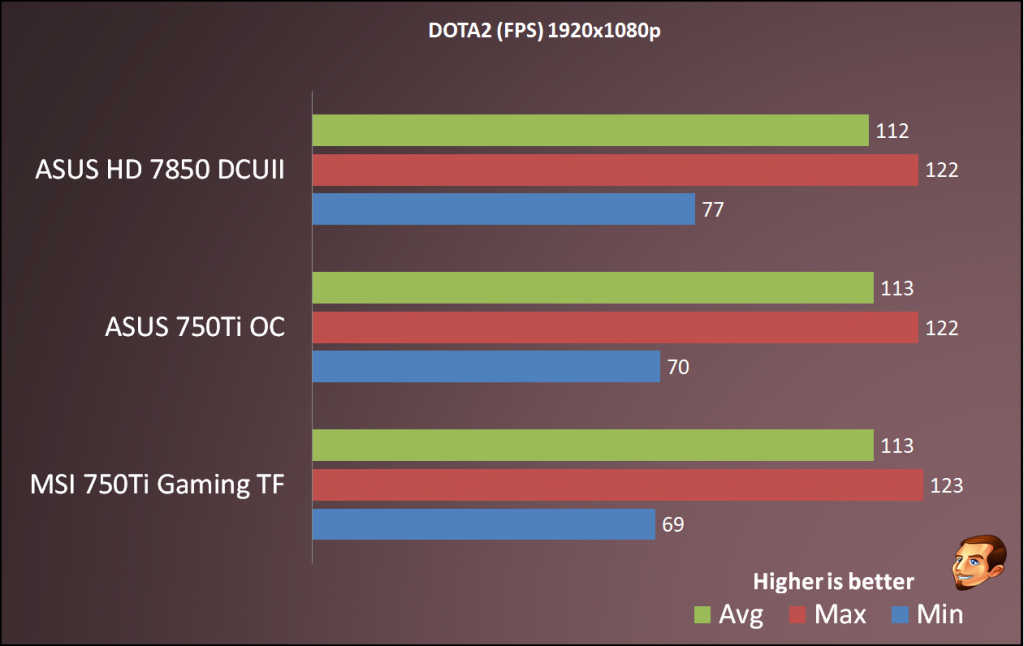
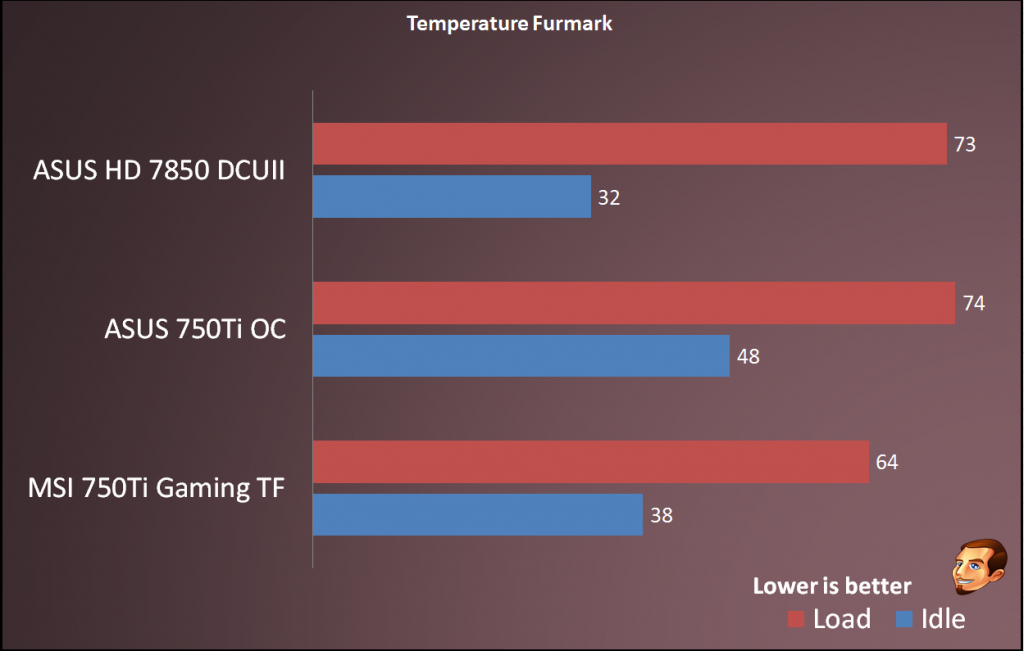

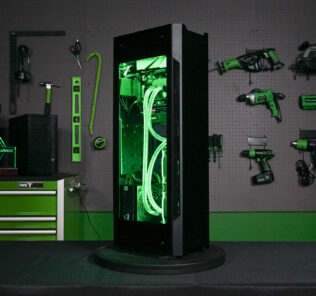

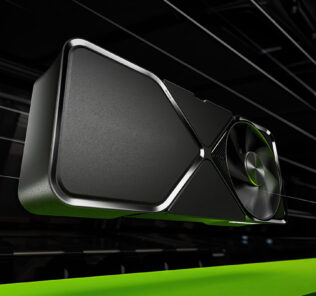
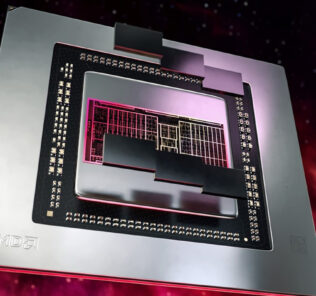
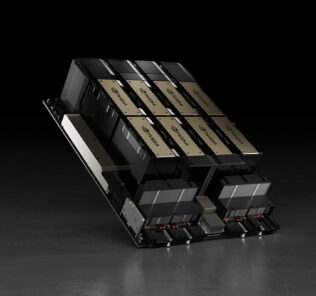
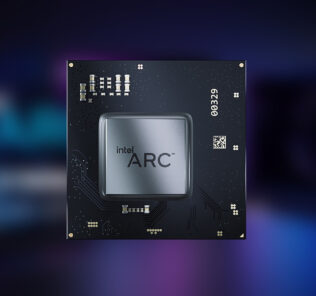

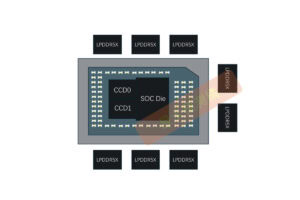



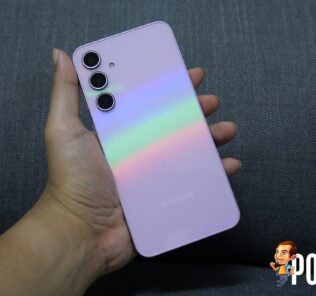


Leave a Response